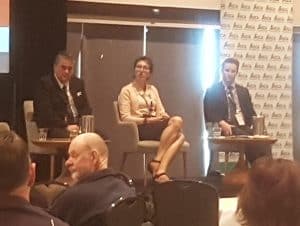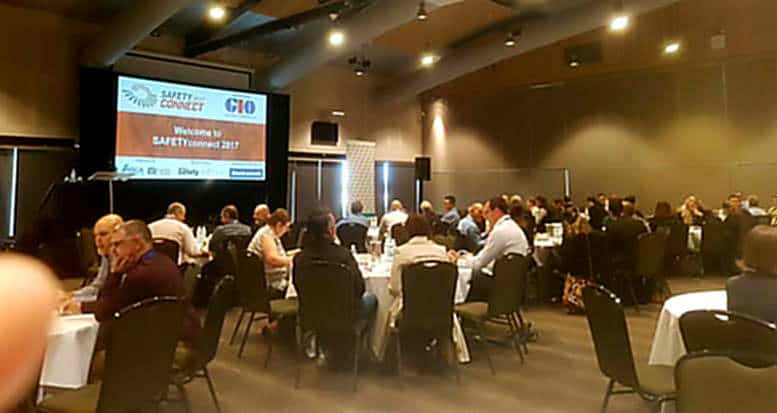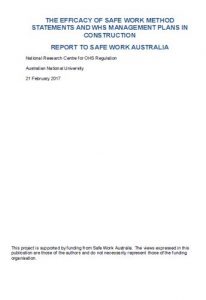On 17 August 2017, Matthew Swinbourn of the Australian Labor Party spoke, at length, in the Western Australian Parliament about workplace safety. His address did not seem to be prompted by an industrial relations dispute or a recent fatality but is supportive of general occupational health and safety (OHS) principles and the changes in WA law to improve compatibility with the Work Health and Safety laws and obligations in other States.
The response from the former Minister for Commerce and Liberal Party member, Michael Mischin, was a curious mix of rebuttals and was one of several Parliamentarians who chose to speak about workplace safety in that State’s Legislative Council.
According to Hansard for that day, Swinbourn mentioned the substantial cost burden on individual workers and their families of workplace injuries.
“Of these costs—this was a surprising figure to me—the overwhelming majority, 95 per cent, is borne by individuals and society. Workers bore 77 per cent of those costs, the community 18 per cent and employers five per cent.”


 This week’s
This week’s 


 Occupational health and safety (OHS) is increasingly being touted as an integral part of a company’s organisational culture. Sometime this is described as a workplace, or safety, culture. If OHS is to be considered thus, it is important to understand other cultural perspectives. One of the most prominent in Australia, at the moment, is the culture of the banking sector.
Occupational health and safety (OHS) is increasingly being touted as an integral part of a company’s organisational culture. Sometime this is described as a workplace, or safety, culture. If OHS is to be considered thus, it is important to understand other cultural perspectives. One of the most prominent in Australia, at the moment, is the culture of the banking sector.